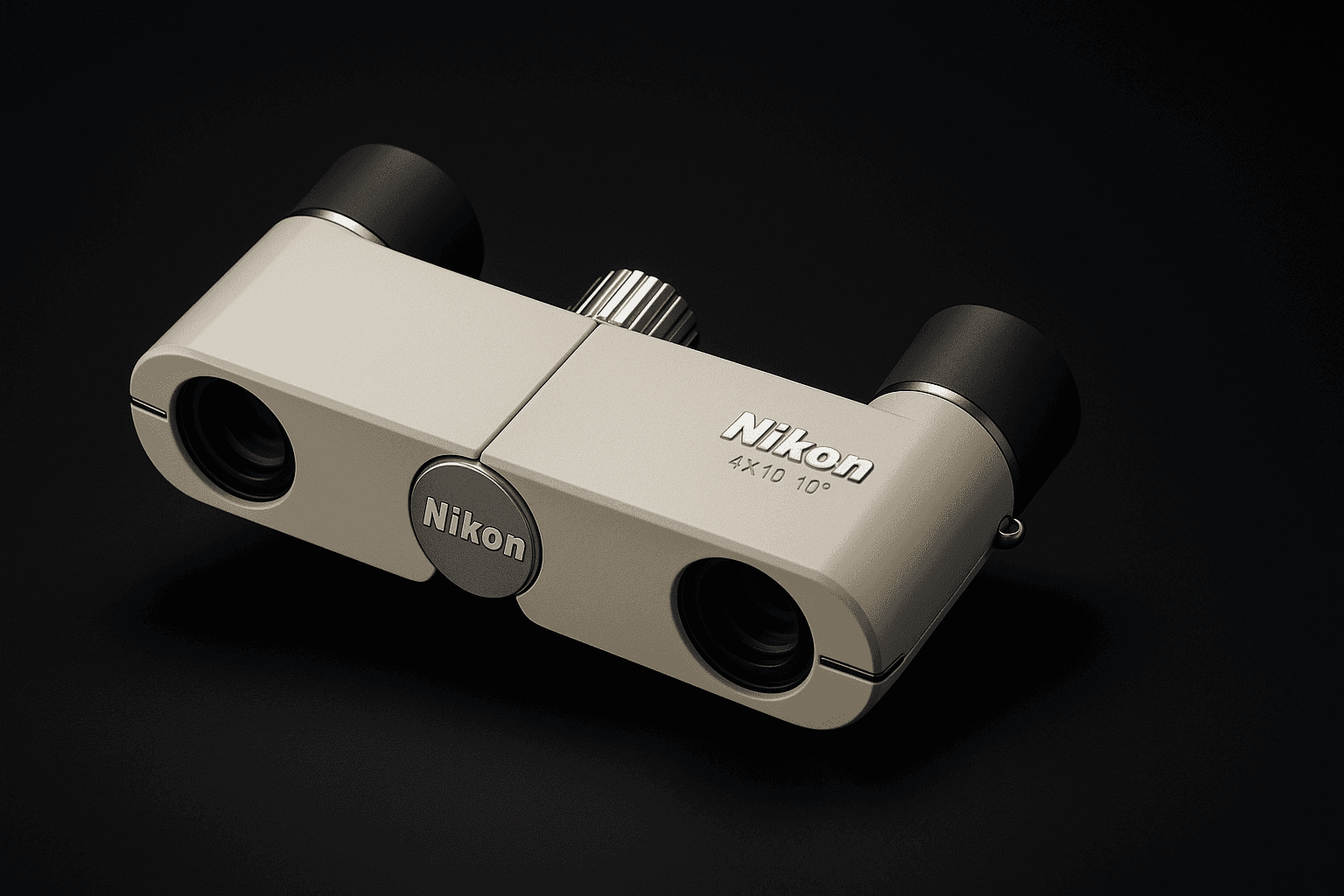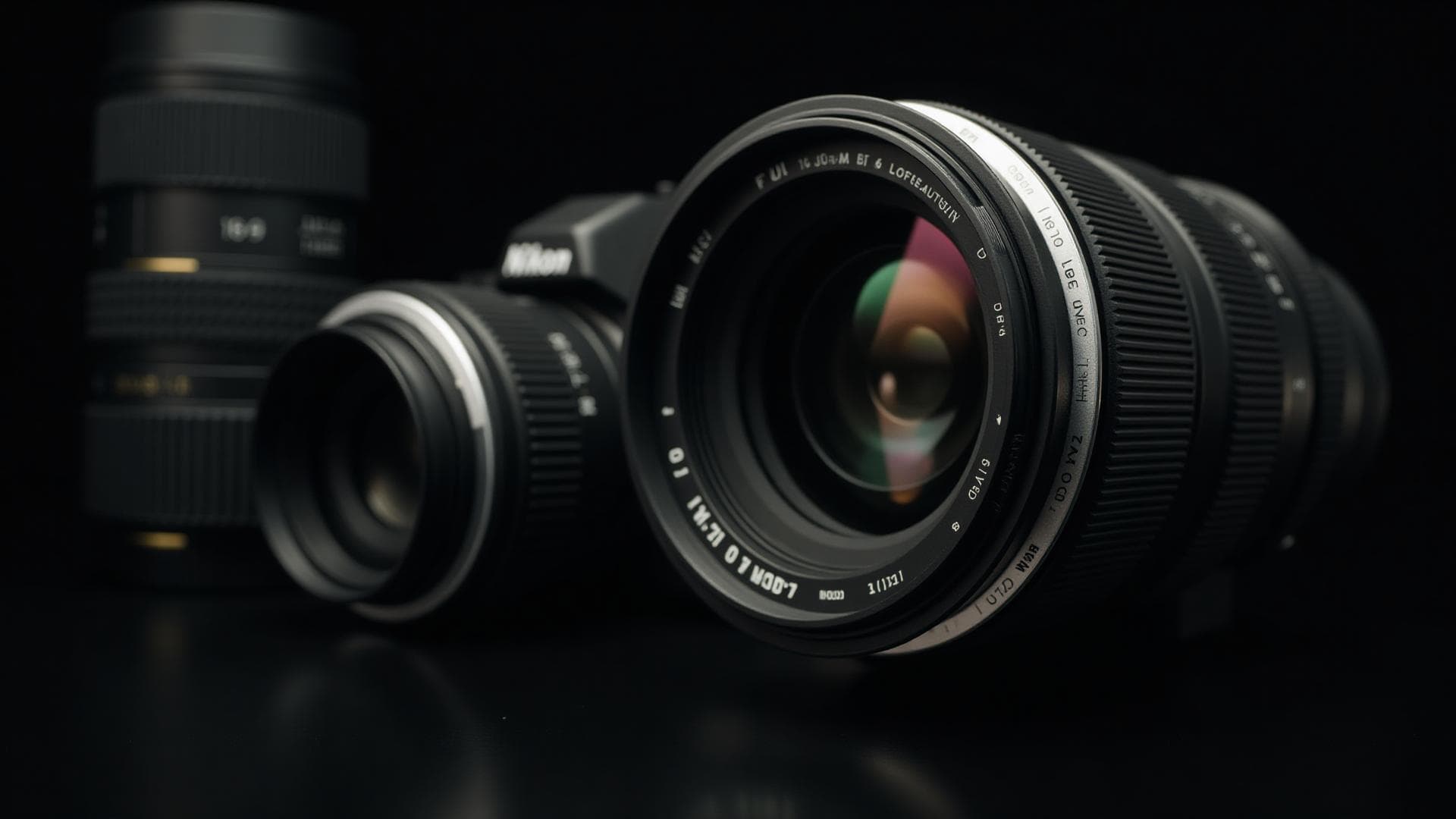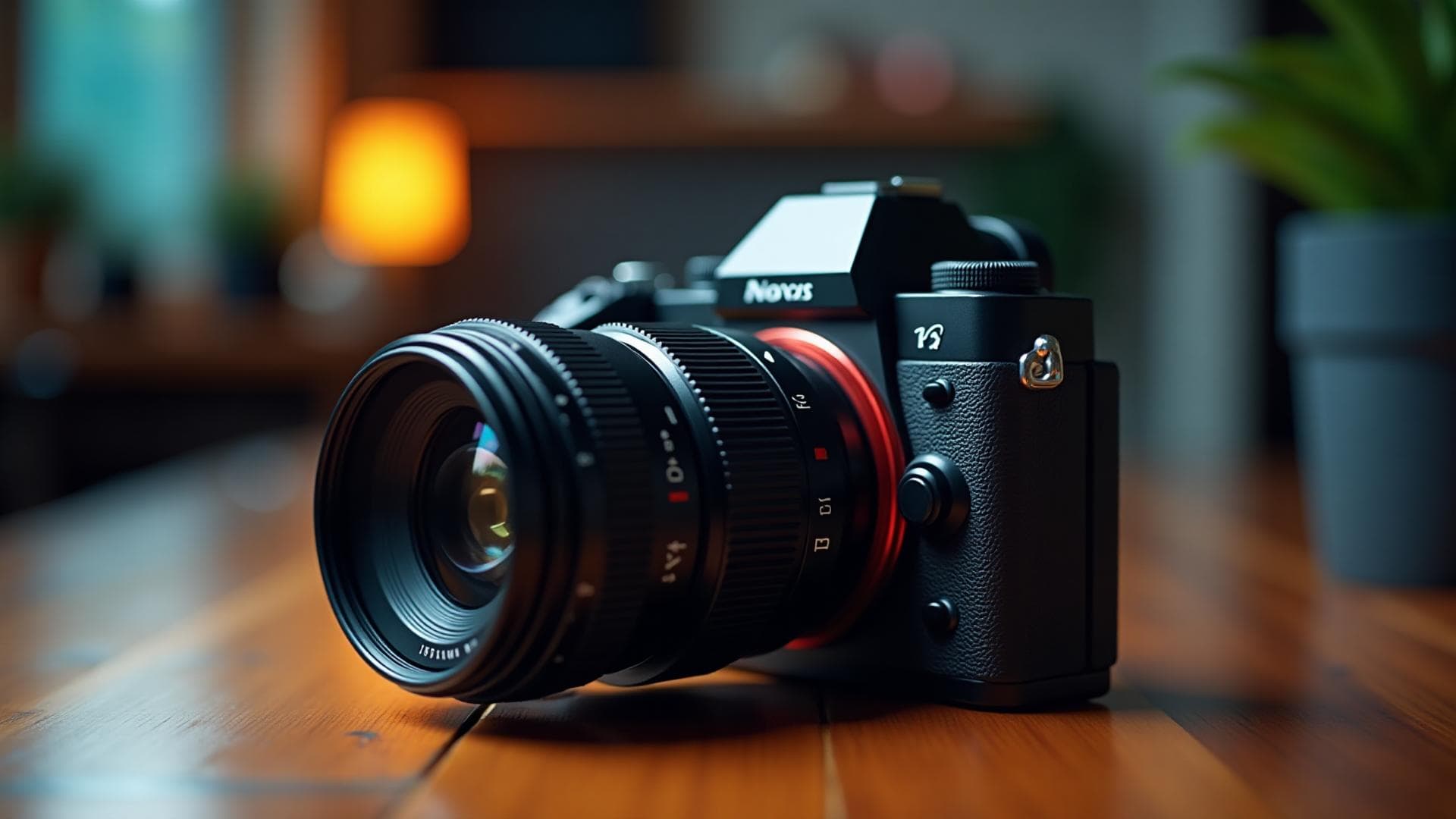If you want a pocketable viewer for concerts, theatre, or museums, this is Nikon's slimmest and lightest binocular. The 4x10DCF is just 19 mm thin and about 65 g, with a steady 4× view, a wide 10° field, and a 1.2 m close focus for art details. It trades long‑range reach for comfort and ease—ideal indoors.
Photos on this page show the Ivory White finish. Dark Navy and Amber Brown are also available.
Key takeaways
Ultra‑slim, ultra‑light
19 mm thick, ~65 g.
Steady 4x view
with 10° real FOV for stage movement without constant panning.
1.2 m close focus
helps in galleries and exhibit halls.
Multilayer‑coated optics
improve contrast under stage lighting.
Indoor‑first
great for concerts/theatre/museums; not for distant wildlife or stargazing.
Who it's for (and who should skip it)
Great for you if
you go to concerts, plays, dance, or museums and want something that disappears in a jacket pocket.
Skip it if
you need high magnification, waterproofing, or low‑light astronomy performance.
Specs at a glance
| Spec | Value |
|---|---|
| Magnification | 4× |
| Objective diameter | 10 mm |
| Prism type | Roof |
| Real FOV | 10.0° (≈175 m @ 1000 m) |
| Apparent FOV | 38.6° |
| Exit pupil | 2.5 mm |
| Eye relief | 13.7 mm |
| Close focus | 1.2 m |
| Dimensions (L×W×D) | 52 × 93 × 19 mm |
| Weight | 65 g |
| Colors | Dark Navy, Ivory White, Amber Brown |
Scroll horizontally to view all columns on mobile devices
Specs and color options per Nikon. Cite: 19 mm thickness, ~65 g weight, 1.2 m close focus, 10° real FOV.
Design & build
Flat, slim, and genuinely pocketable—about the footprint of a card deck. The hinged body sets your interpupillary distance quickly. Controls are simple: a central focus wheel and the hinge; no separate diopter, which keeps setup quick for casual use. The finishes look refined on stage nights; I prefer Ivory White for visibility in a dark bag.
Optical performance (indoors first)
At 4×, views are steadier than typical 8–10× compacts, which matters in dim halls. The wide 10° field helps you track actors or a conductor without constant micro‑panning. Multilayer coatings on lenses and prisms help keep contrast when the stage is bright against a dark set. Eye relief is 13.7 mm—workable for many eyeglass wearers, though some will still prefer to remove glasses.
Comfort & handling
The central focusing knob has a light, predictable throw; it's easy to tweak between scenes. The slim shape makes on/off carry effortless during a show. A quick etiquette reminder: keep movements subtle and silence your phone; a thin strap keeps it secure without jangling.
Use‑case guides
Concerts & theatre
Use 4× from mid‑hall or balcony seats. You'll get a stable, wide view of expressions and blocking without fighting handshake. Arrive a bit early, set IPD and focus, then you're done.
Museums & galleries
That 1.2 m close focus is the star. You can study brushwork, textiles, and label type without leaning over barriers. It's also handy for architectural models and small artifacts under glass.
Limitations (know before you buy)
- 4× is intentional; it won't pull distant stadium stages close.
- Small 2.5 mm exit pupil means it's not ideal in very low light.
- No official waterproof rating on the spec page—treat this as an indoor‑first binocular.
Color options & pricing
Available in Dark Navy, Ivory White, and Amber Brown (2025 refresh). Pricing varies by region and retailer—check the links below (e.g., B&H for USD; Nikon India for MRP where listed) for current availability.
Looking for more Nikon gear? Browse our Nikon articles or explore all Gear.
Alternatives (quick picks)
Nikon 6x15M CF
Still compact with more reach; ~2 m close focus. Better for aisle‑to‑stage distance, less pocket‑flat.
Pentax Papilio II 6.5×21
Famous macro close focus (~0.5 m). Bigger and heavier; fantastic for exhibits and insects, less "every pocket" friendly.
Fujifilm Glimpz 5×21
Wider view and budget‑friendly; larger than the 4x10DCF.
Comparison (one look)
| Model | Magnification | Objective | Close focus | Weight | Real FOV | Price (USD) | Best for | Latest Price |
|---|---|---|---|---|---|---|---|---|
| Nikon 4x10DCF | 4× | 10 mm | 1.2 m | 65 g | 10.0° | $179–$199 | Concerts, theatre, museums | |
| Nikon 6x15M CF | 6× | 15 mm | ~2 m | — | — | $199–$239 | More reach, still small | |
| Pentax Papilio II 6.5×21 | 6.5× | 21 mm | ~0.5 m | — | — | $129–$149 | Exhibits, insects, macro‑like detail |
Scroll horizontally to view all columns on mobile devices
Prices are typical US street prices as of Oct 2025 and fluctuate by region/retailer. Use the links to check current pricing.
Verdict
If you want the lightest, slimmest Nikon for indoor viewing, this is it. The 4x10DCF favors steadiness, speed, and comfort over reach. For concerts, plays, and galleries, that trade makes sense—and you'll actually carry it.
FAQ
Is 4× magnification enough for concerts? Yes. You get a steadier image and a wider field, which makes following performers easier from mid‑hall or the balcony.
Are opera glasses different from binoculars? Traditional opera glasses use a simple Galilean design (often 3×). The 4x10DCF is a modern roof‑prism compact with better coatings and a wider, flatter image.
Can you take binoculars into a concert hall? Usually yes, but always check venue rules first.
What's the close focus and why does it matter in museums? 1.2 m lets you examine brushwork, textures, and small labels without leaning too close.
Citations & References
- Nikon product page: specs including 19 mm thickness, ~65 g weight, 1.2 m close focus, 10° real FOV; 2025 color options (Dark Navy, Ivory White, Amber Brown). Nikon Sport Optics – Compact Series
- Nikon 2025 press note confirming dimensions, weight, close focus, coatings, and colors. Nikon Newsroom
- Retailer page(s) for availability and pricing checks. B&H Photo Video – Nikon 4x10DCF Search


